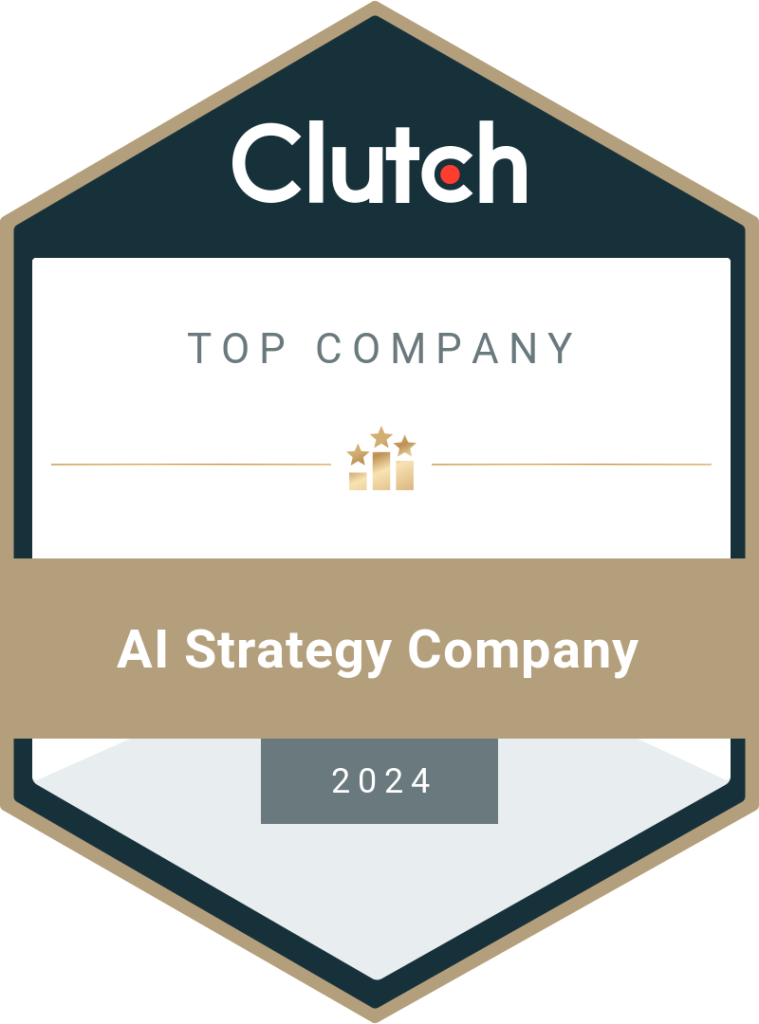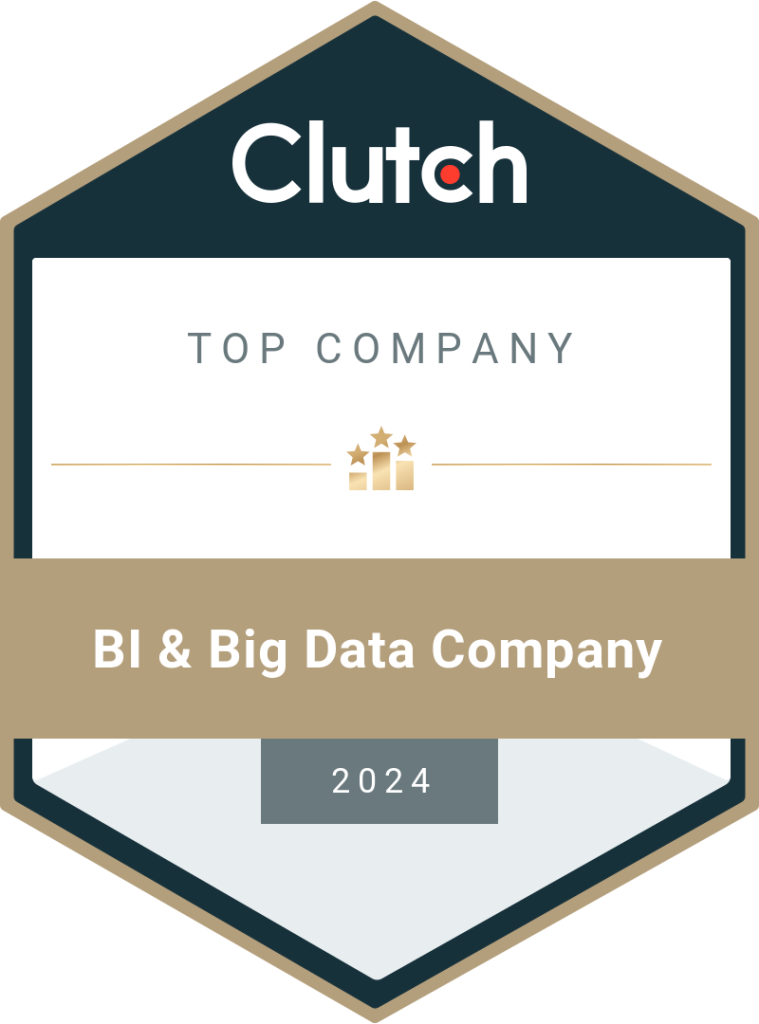How to Make Your BI Dashboard Actionable – 8 Insider Tips
BI helps examine large datasets to understand trends, patterns, and correlations. It is useful in deriving accurate insights for various requirements. Here, we’ll discuss the top tips for creating tailored, actionable BI dashboards for data-driven decision-making. Business intelligence (BI) is a set of tools, technologies, and processes used to collect, clean, and convert raw data into actionable insights. The insights are used to develop business strategies, streamline operations, optimize resources, enhance customer service, and increase profits. The analytics derived by BI help a business unlock its full potential and gain a competitive edge in the global market. Statistics show that the BI market is estimated to increase by $18.56 billion at a CAGR (compound annual growth rate) of 10.7% between 2024 and 2029. It can be used in any industry and by a business of any size or volume. BI tools like Power BI can be hosted on-premises and on cloud platforms. They can be integrated with data sources, repositories like data warehouses and data lakes, and other third-party software. The dashboards that provide data visualization reports are the core of the Power BI adoption process. These dashboards enable users (employees, management, stakeholders, etc.) to access data in real-time, derive insights, generate reports, and collaborate with others from the same interface. However, for this to happen seamlessly across the enterprise, the dashboards have to be actionable and optimized. In this blog, we’ll share insider tips to make your Business Intelligence dashboards actionable and achieve the expected results from your Power BI journey. What Makes a BI Dashboard Actionable? Actionable BI dashboards are user-centric and provide clear insights relevant to each user/ employee’s job. Business intelligence dashboards can be built using tools like Microsoft Power BI, Tableau, etc. Power BI is among the top three dashboards used by organizations from different industries and regions. It can be personalized to create interactive dashboards that generate meaningful reports for employees in just a few clicks. While many enterprises use business intelligence, not everyone achieves the desired results. That’s because the dashboards have to be optimized to deliver actionable insights, preferably, in real-time. So what makes a dashboard actionable and efficient? It is an improved BI dashboard that focuses on finding solutions to the following questions: In short, an actionable dashboard is fully aligned with the business vision and objectives while providing customized and interactive solutions to employees who use it for daily activities. Integrating the dashboard directly into the workflow also makes it actionable, though the delivered insights have to be useful, meaningful, up-to-date, and accurate for employees to make data-driven decisions. Though the initial setup is a one-time process, BI dashboard best practices have to be monitored continuously to ensure the process is in sync with your organizational requirements. That’s why most businesses partner with Power BI service providers for integration and maintenance services. Insider Tips to Make BI Dashboards Actionable A well-designed dashboard is useful in tracking business intelligence KPIs, generating data visualizations, and sharing the latest insights with team members, stakeholders, and others. However, creating this dashboard requires technical expertise, planning, and a clear understanding of what your business wants. Clear Purpose and Objectives Be clear about the purpose of creating BI dashboards. Also, understand the difference between a dashboard and a report. A business intelligence dashboard provides a real-time view of critical metrics and KPIs. It allows you to interact with the interface by adjusting the filters or changing the visuals as required. This enables quick and real-time decision-making. A BI report is a document with in-depth analysis of a given situation that often uses historical context and helps identify trends, patterns, etc. It is generated as per a pre-determined schedule or whenever necessary and used for auditing, compliance, and more. Start by defining the exact purpose of building actionable BI dashboards. What do you want to track, monitor, or measure? What are the benchmarks against which you will measure your performance? What do you intend to achieve and by when? What are your goals and objectives for the short-term and long-term? Best Practices: Keep it Simple Power BI dashboard reports and interfaces should not be cluttered or filled with countless visuals. Packing too much information is easy, but it can be overwhelming for users and counterproductive when they have to make data-driven decisions. Cluttered dashboards make it hard to collaborate and communicate with others, as they can increase confusion or misunderstandings. At the same time, a simple dashboard doesn’t have to be static, boring, or unappealing. Achieve the right balance between simplicity and efficiency. Best Practices: Understand BI Dashboards Dashboard insights can be actionable when you understand what the interface can deliver and how the insights can be used. For example, strategic dashboards are used by C-level executives, analytical dashboards by most employees in the enterprise, tactical dashboards by mid-level managers, and operational dashboards by department heads or team leaders for highly specific data. Each of them serves a different purpose aligned with what the user wants. Best Practices: Choose the Best Visualizations Data visualizations come in various types. There are several varieties of charts, graphs, diagrams, maps, etc., like line charts, pie charts, bar graphs, tree graphs, heat maps, and many more. However, not every visual is suitable for every type of data or insight. Similarly, a single type of visualization cannot be used for every purpose or requirement. For example, a pie chart shows the % ratios between different elements, while a line chart can be used to compare the progress of the elements across a timeline or a measurement. The idea behind using visualization instead of text is to present more information in a simpler format. Best Practices: Web-Based Data Sharing In today’s world, data and insights should be accessible at the fingertips, no matter where your employees are. No doubt, Power BI Desktop is useful when working on-premises. However, the web version can be used on most devices and from any location as long as there’s an internet connection. Power BI Mobile works
Read More






